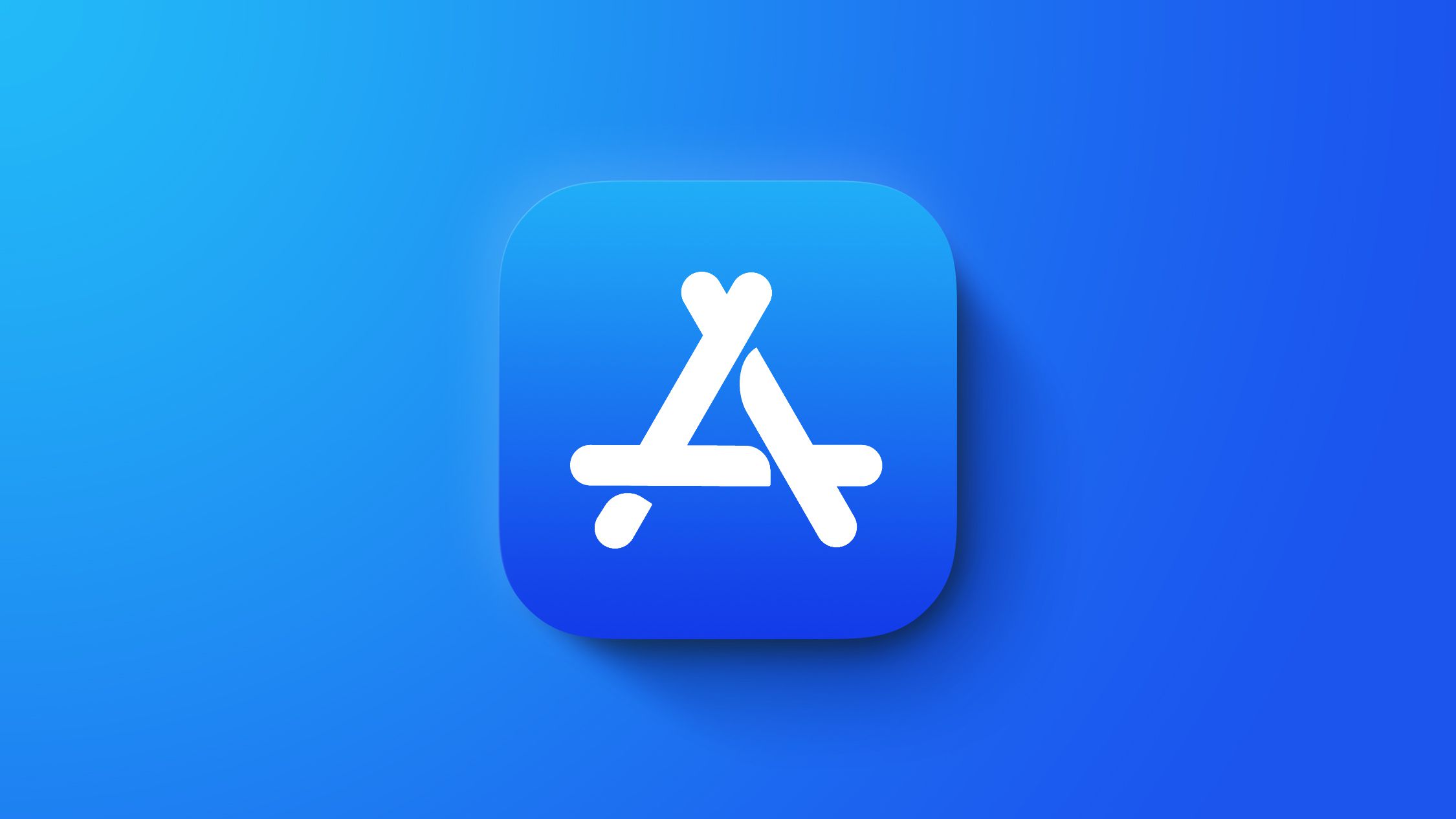Technology is constantly transforming businesses. It’s often a positive thing, enhancing their prospects considerably.
Growth and development aren’t always straightforward, though. Like the people occupying them, businesses can undergo something akin to ‘growing pains’ when they undergo a substantial change. Tech doesn’t always integrate seamlessly, and there can be countless reasons for that being the case.
One of the biggest reasons tech doesn’t integrate well is simply entrepreneurs choosing the wrong systems and devices. Quality is essential here. As innovative tech trends begin to redefine 2023 and beyond, it’s important to meet the moment and make smart decisions about what tools you’ll utilize.
Read on for some of the better technologies that seamlessly integrate into businesses.
ERP Systems
Enterprise Resource Planning (ERP) systems can embolden multiple business processes. Supply chain managers, HR, and even accountants can use these tools well.
What are ERP systems? Well, these technologies were designed to better help the storing and analyzing of crucial business data across a wide range of departments at a company. In addition to data being centralized in one convenient location, resource allocation can be improved while select workflows can be automated. It all informs faster and more competent decision-making in a business.
There’s a lot of scope here, but you can do a few things to make ERP integration easier. Application Programming Interfaces (APIs) can better facilitate the sharing of data. However, not all ERP systems have these interfaces, so you’ll need to pick a version of the software that does. If you do that, integration with other third-party platforms and CRM software becomes much easier.
CRM Software
More firms are using Customer Relationship Management (CRM) software to their advantage. The tech can form the basis of many of their operations.
CRM software is many firms’ go-to digital portal for all things customer data. From here, they can have a comprehensive overview of many related processes. Companies like yours can better manage leads, more diligently track sales analytics, and provide faster and more finely tailored customer service. Departments in customer support, sales, and marketing use CRM software.
It’s hard to believe that CRM software can integrate into businesses seamlessly, given its size and scale of it. However, it most certainly does! Companies can clean up their data before migrating it to the software to prevent errors, and some easily training-friendly programming can help users customize workflows and automation to align with individual needs. CRM is made to be a time-saving and accessible tool, and whoever designed it succeeded!
HVAC Units
In their simplest terms, HVACs are air conditioning and heating units. They have various makes and models, with the newest inventions being the most capable, as you might expect.
Seamless integration becomes immediately apparent when you choose the right distributor who will help you choose, install, and maintain your chosen unit. HTS are a commercial HVAC company in New England and elsewhere, and they take pride in providing full-service support. Their efforts span multiple markets, and they work amazingly with engineers, architects, manufacturers, and numerous other highly trained specialists.
HVACs can be integrated into businesses in a few different ways. They can be integrated with other automation platforms and smart devices with communication protocols like Zigbee, Z-Wave, and Wi-Fi. Amazon Alexa, Google Home, and other platforms support HVAC integration, too, enabling more convenient and comprehensive use of the systems.
VR Technology
Virtual reality is becoming a very real reality in business places today. There’s no overlooking just how rapidly it’s evolved.
Huge companies are making significant investments in VR technology. It’s now being used more commonly in deadline-centric sectors like real estate, manufacturing, and retail. Virtual training, product previews and demonstrations, and interactive and immersive experiences are all on show here.
VR programmes typically undergo pilot testing before being fully integrated into business processes. While that might not seem like a seamless transition at first, it does allow firms to fine-tune VR to their needs without incurring costly setbacks elsewhere. They’ll provide training, note areas for improvement, and gather feedback on the entire experience before fully committing to it.
That said, quick integration is assured once VR is ready to go. It can feature as part of data management systems and the CRM software we mentioned earlier. Different VR systems and providers will have varying capabilities, but if you buy the best, then that’s what you’ll get!
IoT
The Internet of Things (IoT) is an ecosystem of connectivity. It features tech appliances that ‘speak’ to one another, utilizing a range of sensors and other communicative software to exchange data.
Like other tech mentioned, IoT has numerous advantages for businesses – improved customer service, streamlined operational efficiency, and a more data-driven work culture are among them.
A few considerations need to be made for seamless integration. Your existing tech infrastructure must be compatible with the IoT platform you’ve chosen. Regular firmware updates and data encryption can also aid the seamless integration of IoT into company processes. Like VR, IoT must also be piloted and tested to ensure everything runs smoothly.
Source link










Leave a Reply